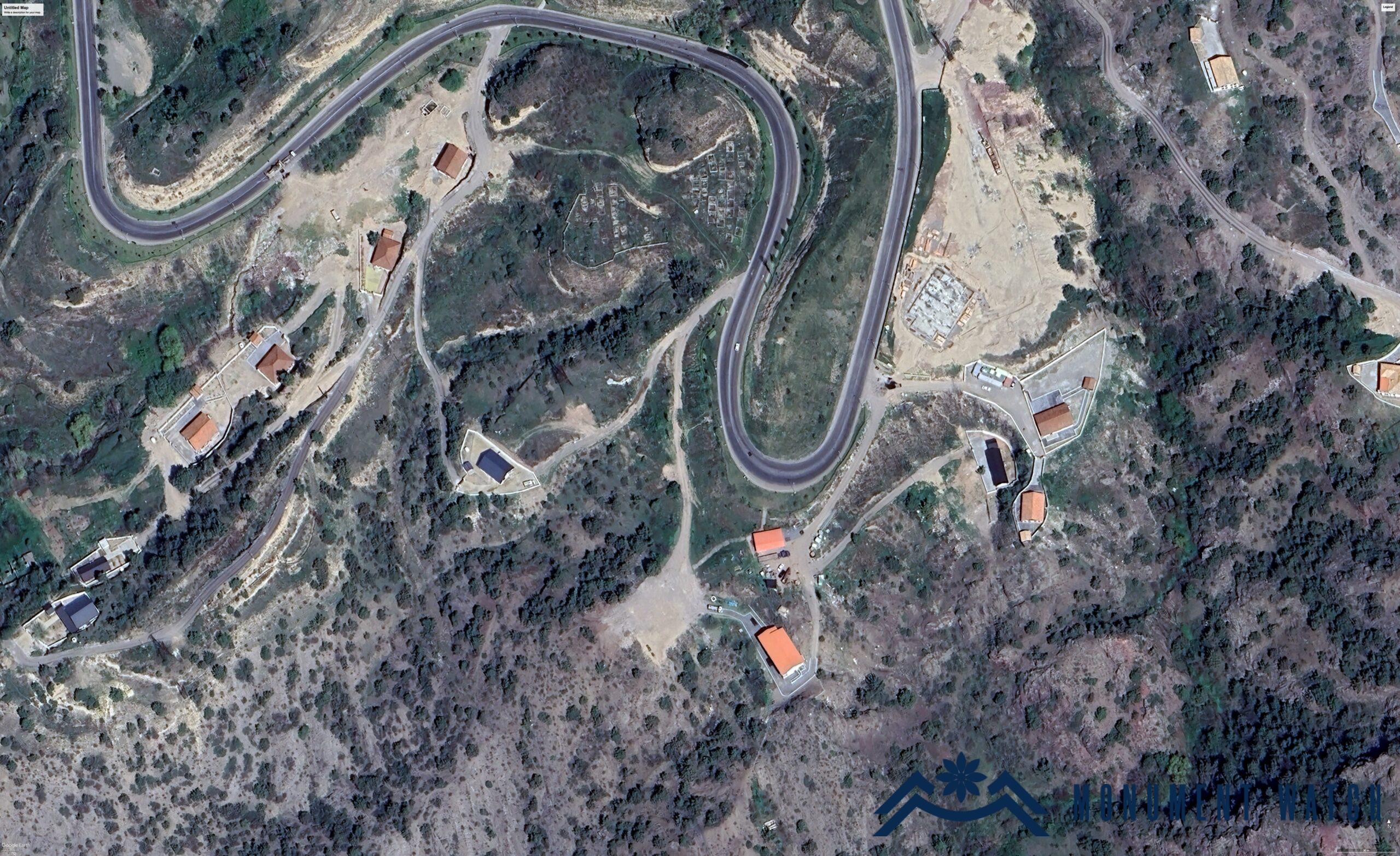Azerbaijan obliterated the Surb Hambardzum Church of Berdzor
A few days ago, another instance of cultural vandalism in Azerbaijan was reported by our partner, the Foundation for Research on Armenian Architecture (RAA), and was also documented on Azerbaijani Telegram channels. This time, Azerbaijan destroyed the Surb Hambardzum Church of Berdzor, which was completed in 1998 and had its dome cross consecrated on May 31 of the same year.
The church was designed by architect Hrachya Gasparyan, with construction overseen by Georgi Arakelyan. The artistic decoration of the church was crafted by renowned sculptor Artashes Hovsepyan, painter Karo Mkrtchyan, woodworker Vano Dadoyan, among others. (for details about the church, see: https://monumentwatch.org/en/monument/surb-hambardzum-church-of-berdzor/).
It's worth recalling that as early as 2021, Azerbaijan's "Public Organization for the Protection of Monuments" proposed a project to convert the church into a mosque.
The destruction of the church was a deliberate action, as evidenced by the materials shared on Azerbaijani Telegram platforms. Specifically, the Azerbaijani narrative claims that "...in 1998, Armenian barbarians constructed an unauthorized 'church' in Lachin. After Lachin's liberation from Armenian occupation, Armenians attempted to incite inter-religious enmity by fabricating stories that the Azerbaijani authorities intended to convert the 'church' into a mosque." The outcome is logical: the illegal structure has been eliminated. Telegram: Contact @MaidenTower»
It should be emphasized that this is not the first instance of church destruction by Azerbaijan. On March 25, 2021, the Surb Zorovor Astvatsatsin Church in Mekhakavan was demolished. In October, the Surb Sargis Church in Mokhrenes met the same fate, and in April 2024, the Green Hour (Kanach Jam) Surb Hovhannes Mkrtich Church in Shushi was also destroyed.
Our response
The destruction of the Surb Hambardzum Church in Berdzor constitutes a "serious violation" under Article 4 of the 1954 Hague Convention for the Protection of Cultural Property in the Event of Armed Conflict. Additionally, it breaches Article 15(a) of the Second Protocol adopted in 1999, which qualifies it as a war crime prosecutable in international courts.
The deliberate destruction of the Surb Hambardzum Church also violates Article 8 of the Rome Statute and is considered a grave crime against humanity.
Furthermore, the destruction of the Surb Hambardzum Church in Berdzor constitutes a genocidal act, as outlined in the ICC's Policy on Cultural Heritage (para. 88). The Manual for the Examination of the Cultural Heritage Provisions of the Rome Statute states: "Crimes against or affecting cultural heritage are often linked to or committed as part of genocide" (ICC, Policy on Cultural Heritage, para. 78).
In addition to the physical damage, the destruction of the Church inflicts deep emotional and cultural wounds, constituting a gross violation of the rights of the Artsakh Armenians and the broader Armenian cultural heritage. The first universal guarantee of cultural rights is articulated in Article 27 of the Universal Declaration of Human Rights, which states: "Everyone has the right freely to participate in the cultural life of the community, to enjoy the arts and to share in scientific advancement and its benefits."
Moreover, Article 4 of the Universal Declaration on Cultural Diversity and Paragraph 4 of Human Rights Council Resolution 10/23 affirm that no one can violate the human rights guaranteed by international law or limit their scope. Similarly, no one should be excluded from access to cultural practices and values (Paragraph 22, https://www.refworld.org/docid/4ed35bae2.html).
The destruction of the church is also a gross violation of the cultural rights of creative individuals, including architects, builders, and sculptors.
